Navid Fazeli, in an interview with the website of the Foreign Relations Strategic Council, stated: “Chabahar port is located at the confluence of great power competition and meeting the real needs of the regional economy.” He added: “Chabahar is Iran’s only port that connects directly to the Indian Ocean and, unlike Bandar Abbas, is not located on the Strait of Hormuz. This position is very important from the perspective of maritime security and logistics; the shipping route in Chabahar is shorter, less costly, and less crowded.”
Fazeli noted: “The operational capacity of the Shahid Beheshti terminal in the first phase was about 8 million tons and will increase to 18 million tons in the second phase. Since 2018, more than 450 ships have docked at this port, and 8.7 million tons of goods have been transported. The 650% growth in container activity in the 2023-2024 fiscal year showed that Chabahar has moved beyond the symbolic stage and reached the operational phase.”
He added, “While Bandar Abbas faces congestion and unloading delays, Chabahar does not face such limitations. Its location in the free trade zone has provided special customs and tax advantages, and this has turned Chabahar from a mere port into a transit platform for regional trade.”
According to him, “Despite US pressures, India did not retreat from Chabahar, because its long-term interests outweigh the risk of sanctions. The revocation of Chabahar’s exemption by Washington also does not have a significant strategic impact, because even with the exemption, foreign banks and companies did not cooperate due to the lack of an official OFAC license. Aware of this situation, India has cautiously but continuously pursued the path of cooperation with Iran.”
The Importance of Chabahar in Connecting Iran, India, and Central Asia
Fazeli emphasized: “Chabahar is not only Iran’s port but also the main highway connecting three civilizational spheres: West Asia, South Asia, and Central Asia. This port can be the confluence point of projects such as the TAPI pipeline, the International North-South Transport Corridor (INSTC), and even Chinese projects in Badakhshan.”
He added, “In this regard, Afghanistan plays a key role. The completion of road and rail routes from Chabahar to Zaranj and Kandahar enables the transportation of Indian goods to Central Asia via the shortest route. This route provides landlocked Central Asian countries with direct access to the open seas.”
He said: “Uzbekistan, Turkmenistan, and Kazakhstan are seeking alternative routes for their exports. Considering the consequences of the Ukraine war and the limitations of northern routes, Chabahar is an important and decisive option for them.”
Fazeli explained: “In 2024, a ten-year contract was signed between India Ports Global Limited and the Iranian Ports and Maritime Organization, according to which India allocated $120 million for port equipment and a $250 million line of credit. This agreement showed that New Delhi views Chabahar not as a temporary project, but as a strategic investment. India’s main goal is to directly connect Chabahar to Iran’s railway network and then link it to the eastern branch of the International North-South Transport Corridor.”
He added, “Although Russia has apparently supported connecting Chabahar to the INSTC, this port has not yet been registered within the official framework of this corridor. Moscow’s focus is on the Astara-Rasht route and Bandar Abbas. Still, if Chabahar’s capacity increases, Russian companies will also be interested in using it, as this port provides a shorter route for exporting goods to South Asia and East Africa.”
Fazeli emphasized: “If India’s investment in subsequent phases continues, Chabahar will become the center for exporting Central Asian goods to South Asia and will upgrade Iran from a transit-oriented status to a value-added-oriented status. In fact, Iran can transform from a country merely on the goods transit route into a regional processing and distribution center.”
Chabahar: Encompassing an Important Role in Iran’s Economic Independence
According to Fazeli, “Chabahar is an opportunity to redefine Iran’s economic independence vis-à-vis the structure of global trade.” He added: “US sanctions largely sidelined Iran from the global financial and transportation system, but Chabahar can create an independent and regional path.”
He continued: “Currently, a major part of Iran’s trade routes depends on the Persian Gulf ports and the Strait of Hormuz; any insecurity in this region can disrupt the country’s trade. But Chabahar, with its direct position on the Indian Ocean, enables the creation of a network of alternative routes that are neither under Western domination nor vulnerable to regional crises.”
Fazeli noted: “Chabahar can be a platform for multilateral cooperation among Iran, India, Afghanistan, Central Asia, and even China. The focus of these cooperations is on interests and economic links, rather than on political ties. The completion of Iran’s rail routes to the borders of Afghanistan and Central Asia can move Iran from the periphery to the center of the regional supply chain.”
He added, “The development of Chabahar is also important from the perspective of domestic policy. The expansion of this port will turn the Makran coasts into the focal point of sustainable development in the southeast of the country and strengthen investment in infrastructure, job creation, and social stability.”
Fazeli said: “Chabahar is ostensibly a port project, but in reality, it is a tool for consolidating economic independence and redefining Iran’s role in global trade. Although sanctions have created obstacles, the experience of Iran-India cooperation has shown that regional trade can grow even amid intensified pressures. Chabahar is a symbol of Iran’s intelligent resistance against external limitations.”
Regional Challenges and the Future Path
Fazeli warned: “Recent conflicts between Pakistan and the Afghan Taliban over the Pakistani Taliban could disrupt the fragile stability of the region and affect transit plans like Gwadar and Chabahar.”
He emphasized: “Media narratives should not be allowed to create artificial competition between Chabahar and Gwadar. These two ports can complement each other if they cooperate. Defining them within a framework of regional cooperation not only reduces tensions but also encourages China to participate in Chabahar projects.”
Referring to recent trade developments, he said: “The Trump administration’s move to impose 50% tariffs on Indian goods pushed New Delhi towards a balancing policy. In such conditions, Chabahar is a key tool for India in diversifying trade routes and maintaining economic independence.”
He concluded by saying, “Now is the best opportunity for Iran to attract the more active presence of India, China, and even Pakistan in the form of joint projects by creating a collaborative atmosphere in Chabahar and even Gwadar. Such a path can create sustainable economic and geopolitical interests for the region.”
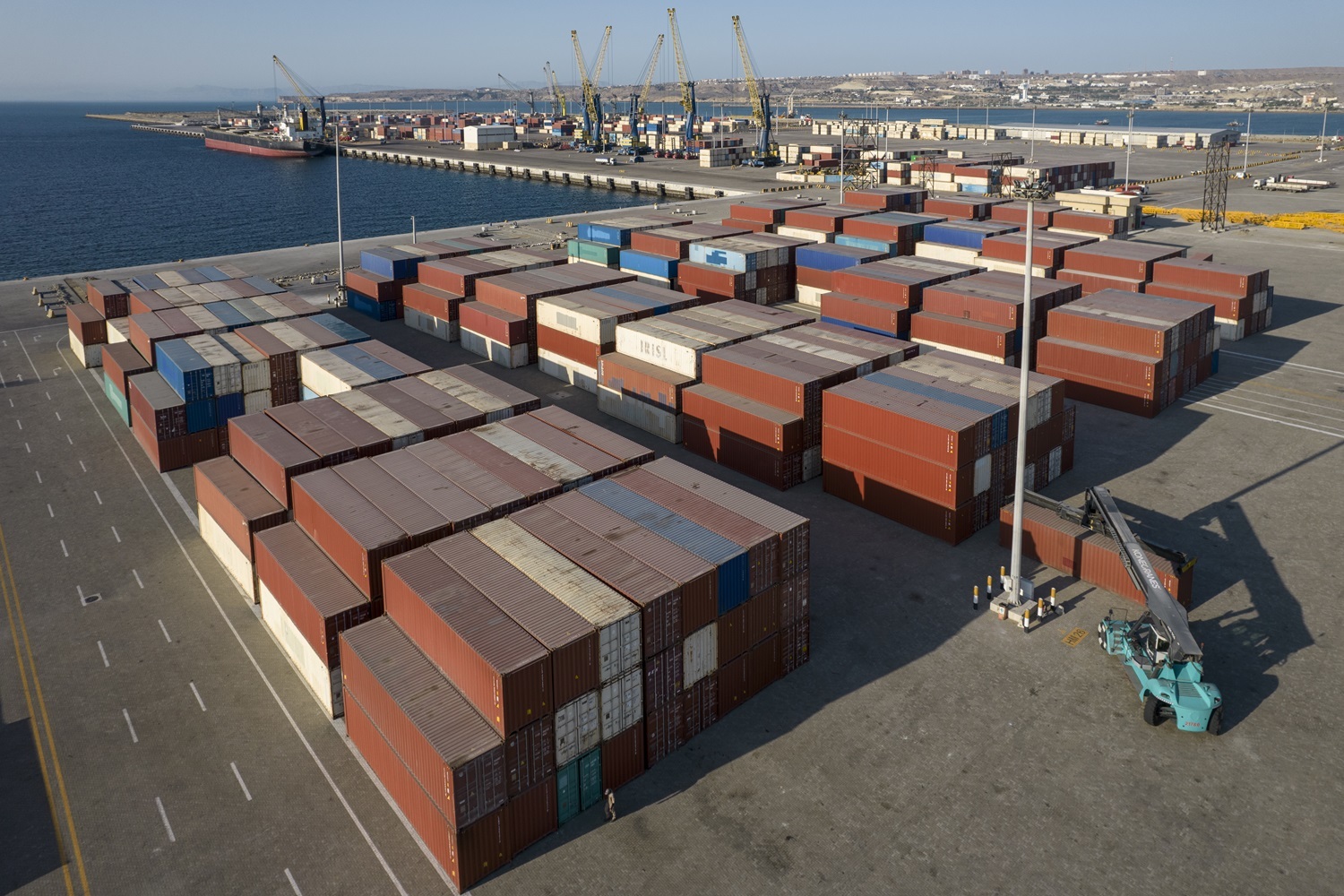

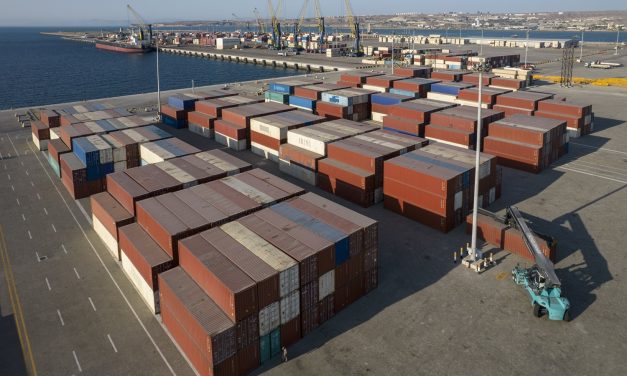
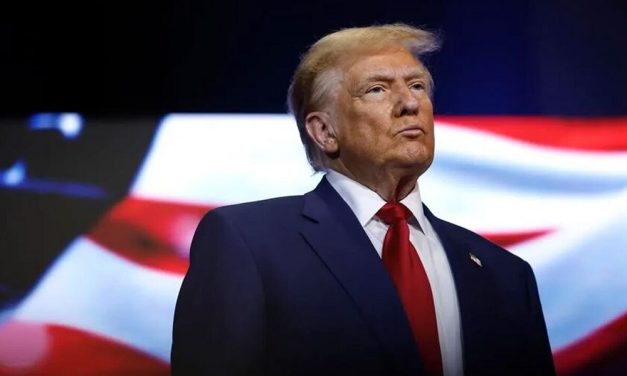



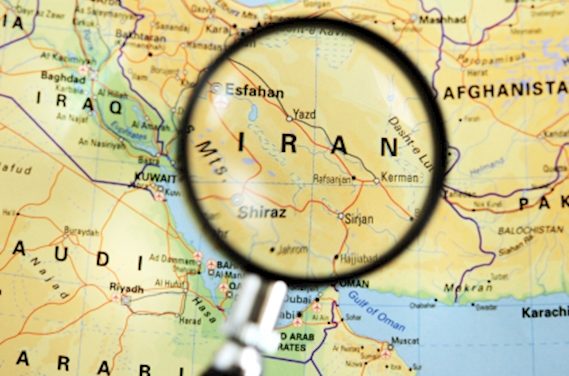
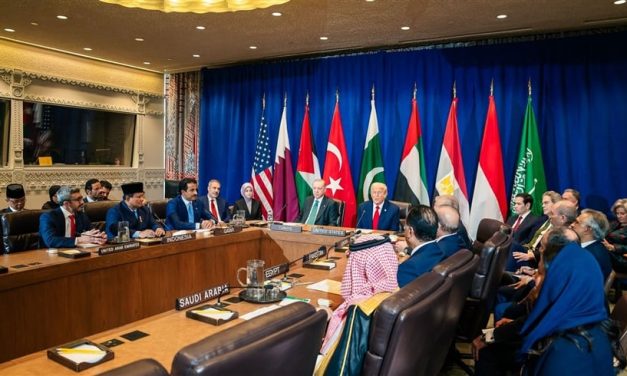

0 Comments